This absolutely cute dog you cannot get enough of is, of course, the Samoyed dog! It is unfair how cute this little pooch is.
Famed for the profuse coat of white fur, which makes it look like a snowball, is one of the most liked characteristics of the Samoyed dogs.
This adorable dog comes all the way from Serbia, Russia and is built to withstand extremely cold temperatures. Their plentiful undercoat regulates their body temperature and helps to fight the cold.
They are big family lovers. They enjoy the company of humans and will do absolutely anything for attention.
They love kids! They make excellent companions. They are a treasure trove of attention and cuddles.
Table of Contents
Samoyed Pictures
Quick Facts

Avg. Weight: 45-65 lbs (Males), 35-50 lbs (females).
Avg. Height: 21-23.5 inches (Males), 19-21 inches (Females).
Life Expectancy: 12-14 years.
Dog Group: Working.
Colors: White, Cream, White and Biscuit.
At A Glance
Size: (3/5)
The Samoyed size is moderately huge. The average Samoyed weight is 50-60 lbs and they stand fairly 22 inches tall.
Affection Level: (5/5)
Samoyeds are perhaps the most affectionate dogs out there. They are quick to bond with family and thrive on human company.
Apartment Friendly: (2/5)
You can keep a Samoyed in an apartment only if you are meeting its exercise needs. Samoyeds also suffer from separation anxiety and howl or cry for company.
This may be an issue for neighbors.
Cold Weather Tolerability: (5/5)
Samoyeds are built for the cold weather. The dogs have lived and traveled through extremely cold temperatures.
Hot Weather Tolerability: (1/5)
Their profuse undercoat perhaps has a disadvantage. Samoyeds and warm temperatures do not go well together. You need to have a fully functional air conditioner or a cooler.
Barking Tendencies: (3/5)
Samoyeds tend to bark and howl when left alone. They cry for company. This may be a bit of a problem.
Cat-Friendly: (2/5)
Samoyeds are friendly with cats, especially the ones they are born with. Sammies have a high prey drive and can chase cats. Make sure you are around and don’t encourage rough play.
Dog-Friendly: (5/5)
The Samoyed temperament is calm and composed. This makes it a very friendly dog. It does not possess any aggressive or intimidating streaks.
Exercise Needs: (4/5)
The Samoyeds are highly active dogs who require tons of exercise. Make sure you have the time to meet this requirement.
Grooming Needs: (3/5)
The Samoyed coat requires regular brushing to prevent matting. They can go without bathing for about six months. The Samoyed adult should be bathed every three months.
Playfulness: (5/5)
The Samoyed breed dog is highly active and always ready to play. They love to run and play fetch.
Trainability: (4/5)
Samoyeds are highly trainable and easy to housebreak. Once trained properly, they are excellent and obedient dogs.
Intelligence: (3/5)
Samoyeds are popular for their high intelligence and adaptive instincts.
Mouthiness: (3/5)
Samoyeds are no innocent dogs when it comes to chewing. They do this either when they are bored or alone. They do not drool or slobber.
Price Group: (3/5)
The Samoyed cost ranges anywhere between $600 to $1500. However,the cost of dogs of higher bloodlines and superior dog breeds can go as high as $3000.
<>About Samoyed

The Samoyed is a loving, caring and highly affectionate dog. It makes a great family dog and wants to be a part of everything you do.
They are quick to form bonds with family but they have a soft spot for a special someone in the family.
They are agile and extremely active, emphasis on the extremely. So, it is a given that this dog has very high exercise requirements. They need at least two hours of exercise daily.
They have a placid and calm temperament. Samoyeds are not hyper-active like other working dog breeds. They are quite gentle and docile in nature.
They can outlast cold temperatures and love to play in the snow.
However, if you leave your Samoyed alone for long hours. It may chew furniture or something else if he is bored. Samoyeds demand a lot of time and attention.
They need to be groomed religiously to keep their luxurious hair coat manageable.
<>Where Did Samoyed Dogs Come From?
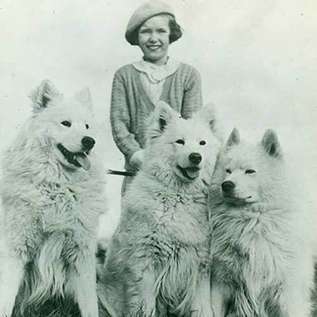
The Samoyed origin dates way back in history. The Samoyed dog was used to hunt, haul sledges and herd reindeers in Siberia for Samoyedic people.
The Samoyeds were treated very kindly by the Samoyedic people. After a hard day of work, the Samoyeds were included in family activities at night.
This sense of belonging is what perhaps has made the Samoyed dog so loyal and trustworthy to this date.
The Samoyeds left Serbia in the late 1800s and the early 1900s to haul sleds on polar expeditions. They were on Sir Ernest Shackleton’s journey to the Antarctic.
The Samoyed dog has faced a lot of adversities and they have managed through them. This is testimonial to the fact that the Samoyed is one of the strongest dogs there is.
The first Samoyed who came to England was called Antarctic Buck. He was brought for Queen Alexandra who was fond of this breed.
To this day, there are many English and American Samoyeds who have descended from her kennel.
In 1990, the first standard of the breed was introduced and adopted in England. The Samoyed Club of America was founded in the same year that this breed was introduced and adopted in America in 1923.
Trainability
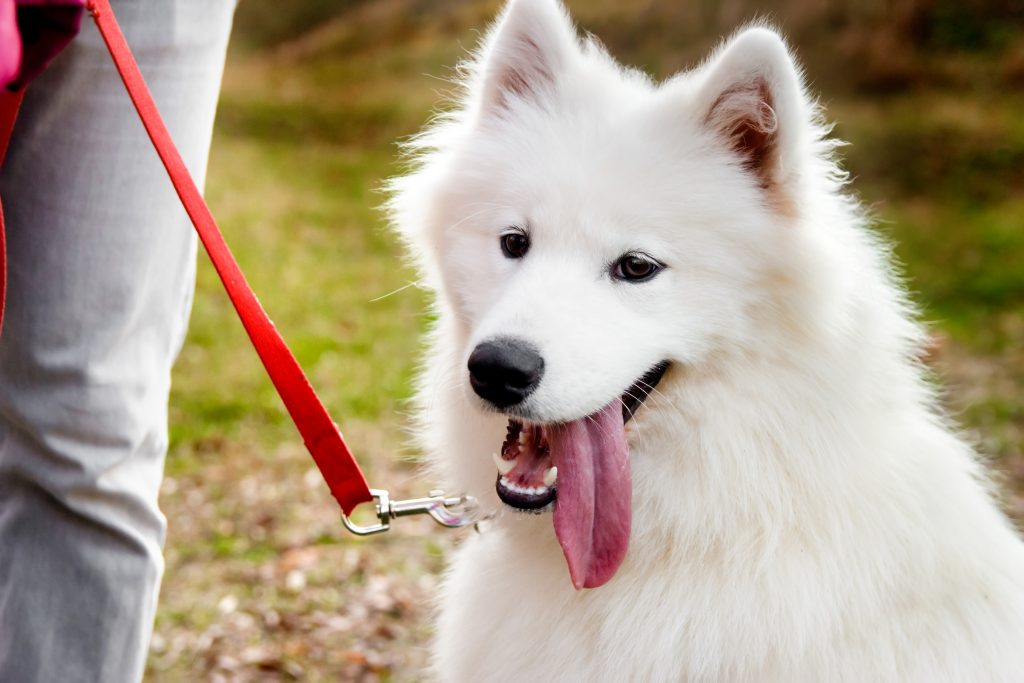
Samoyed dogs are intelligent and hard-working. With the right kind of training, they become the most obedient dogs you’ll ever meet.
You should start the very day that your Samoyed comes home. Establish yourself as the alpha in the house.
Do not let the Samoyed self-appoint itself as the authority because doing so will make the training process very difficult.
Give your Samoyed some work to do. They get bored when idle. Giving him a task increases his self-confidence which stimulates mental health.
Exercise for the Samoyed is very important as they are highly energetic and agile dogs. They will feel free to channel this energy to some disastrous chewing and naughtiness.
Talk to your Samoyed in a happy voice. Give him commands like come here, sit or stay. Treat him when he listens to you but refrain from spoiling him with treats.
Grooming
igure class="wp-block-image">
As beautiful as the sumptuous haircoat is, it does require regular brushing to keep the hair feasible. The Samoyed shedding is generous, so you might want to keep a lint roller handy.
Samoyeds can go without bathing for as long as six months. As your Samoyed becomes older, you should bathe it as frequently as six months.
Shaving or cutting off the Samoyed’s fur is OFF the table as it can really disturb their body functioning. They need the fur as it helps them regulate body temperatures. The Samoyed hypoallergenic fur does shed generously and will reach every corner of your house.
Take care of dental hygiene is important to prevent periodontal diseases from prevailing.
Clip nails every month or so depending upon the requirement. If you hear them clicking on the floor, they are too long and need to be clipped.
Nails have blood vessels in them, so do not cut deep into the nails. It will cause bleeding and crippling pain.
Every visit to the groomer could cost you $53. You can choose professional grooming or do it yourself, whichever works for you.
Introduce these practices in the Samoyed puppy years. It will be much easier later.
Common Diseases
class="wp-block-image">



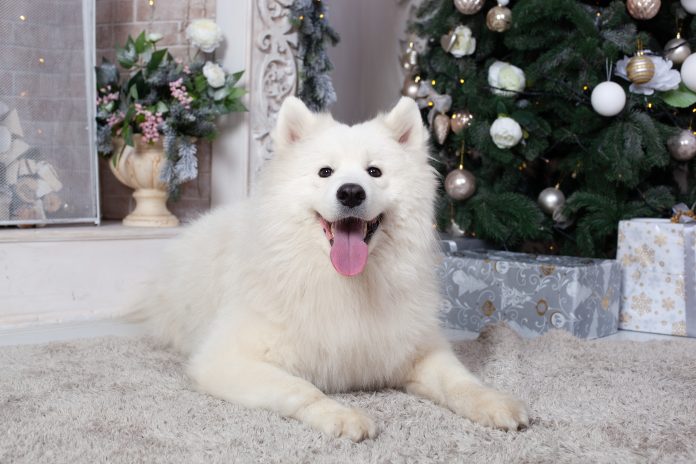

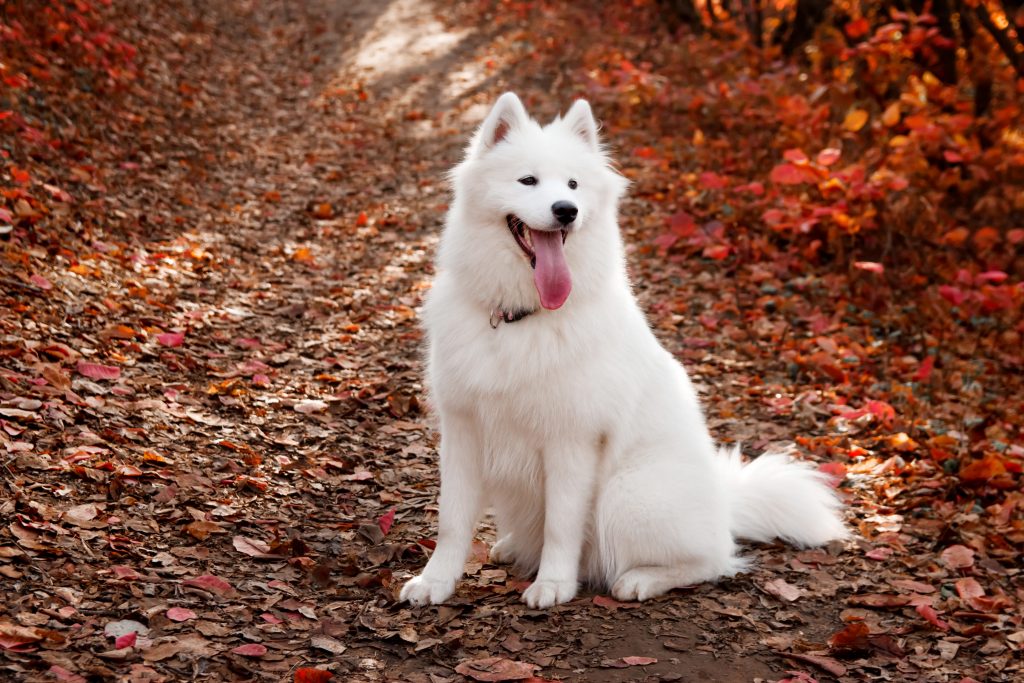
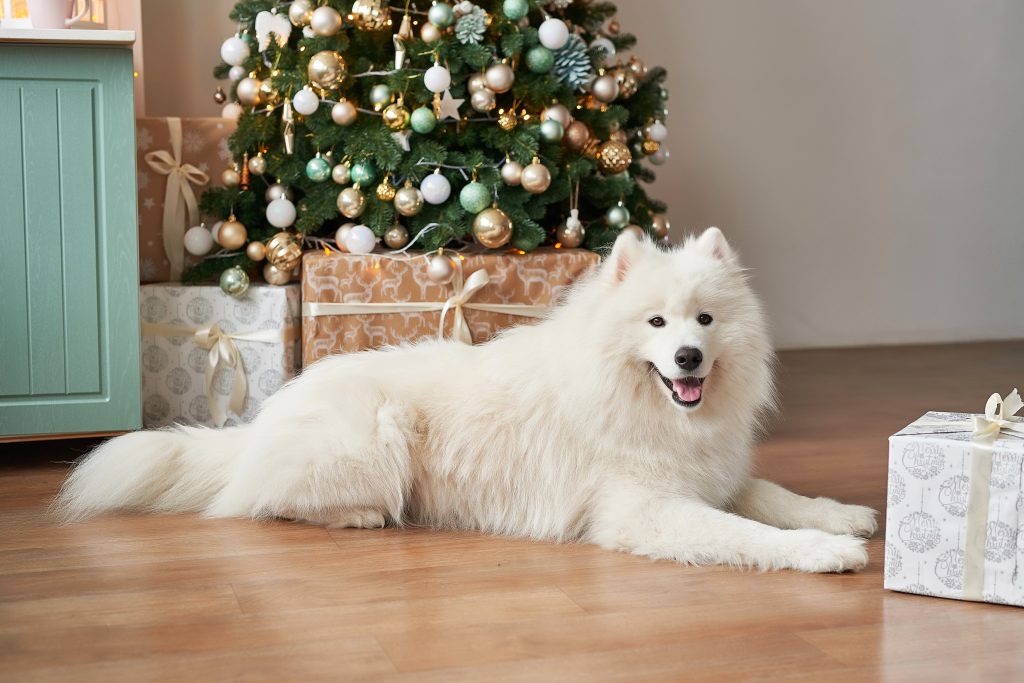

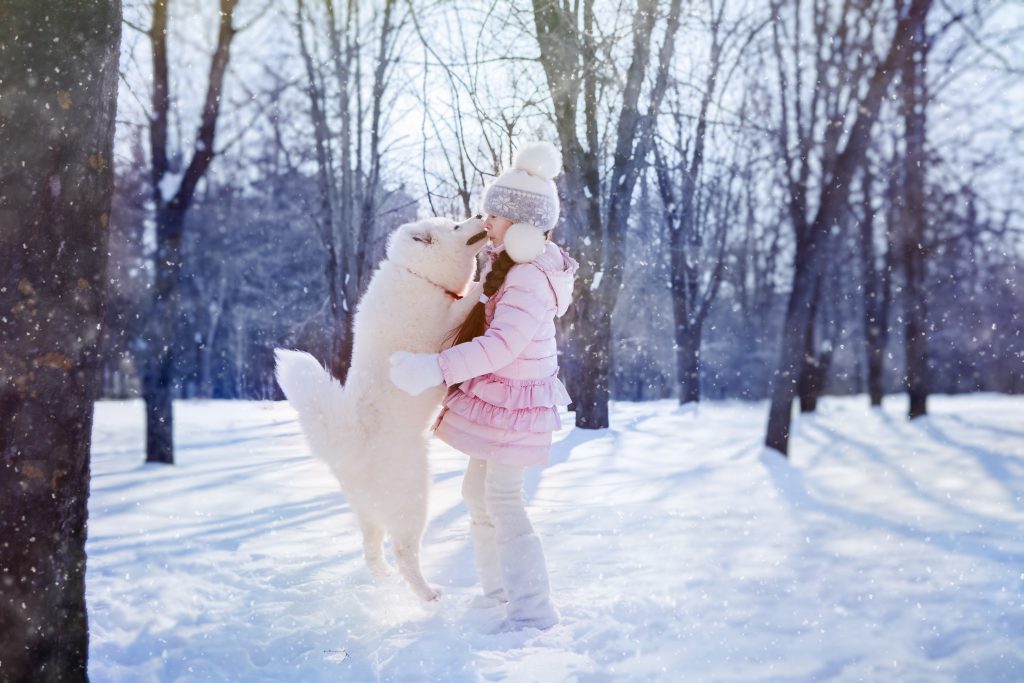
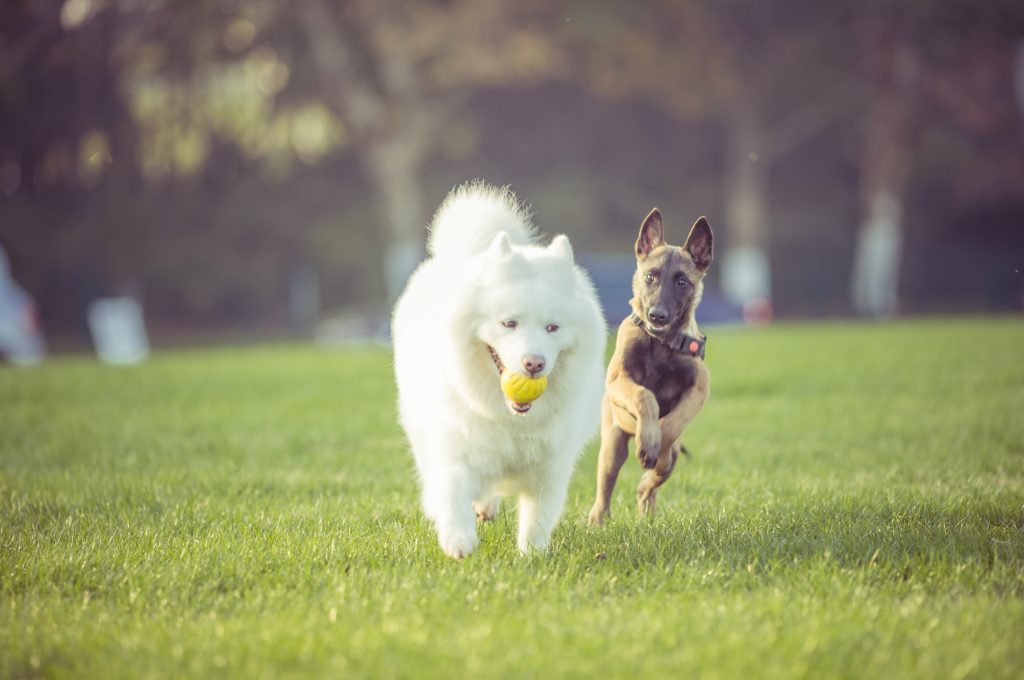
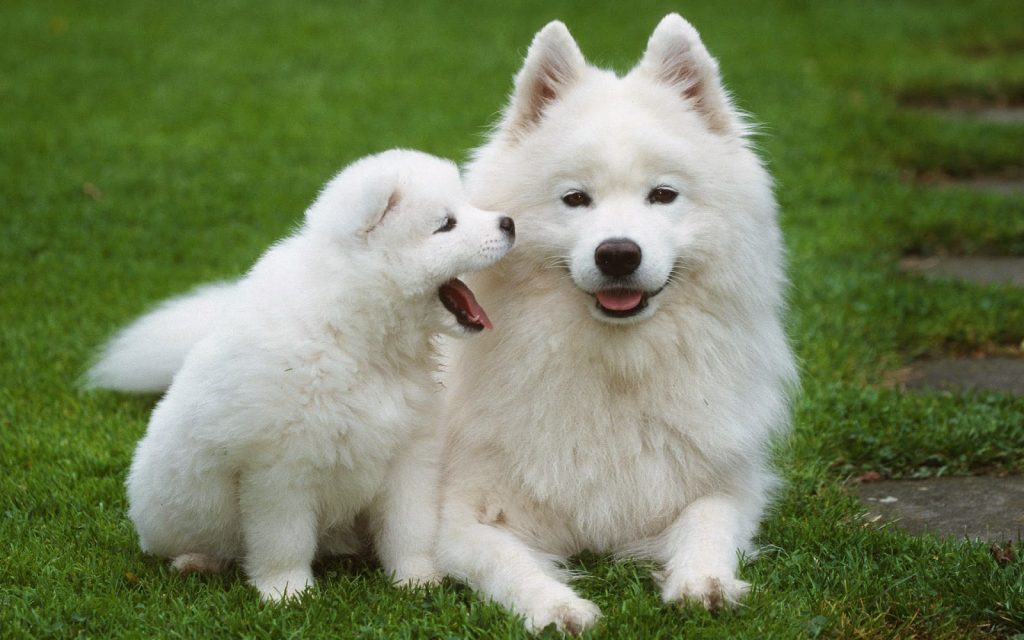


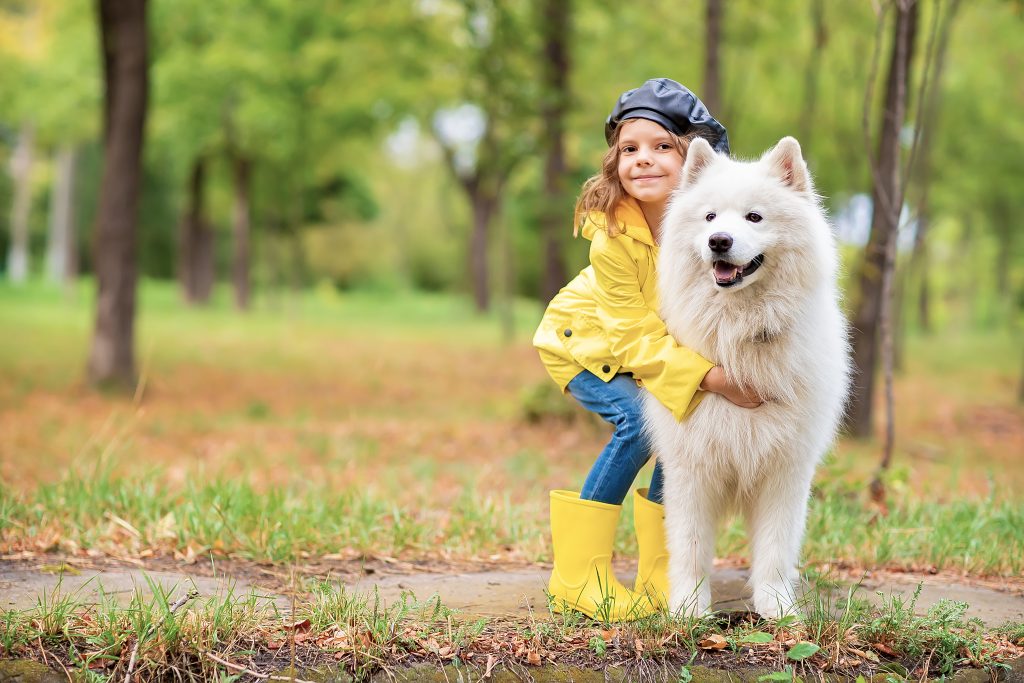
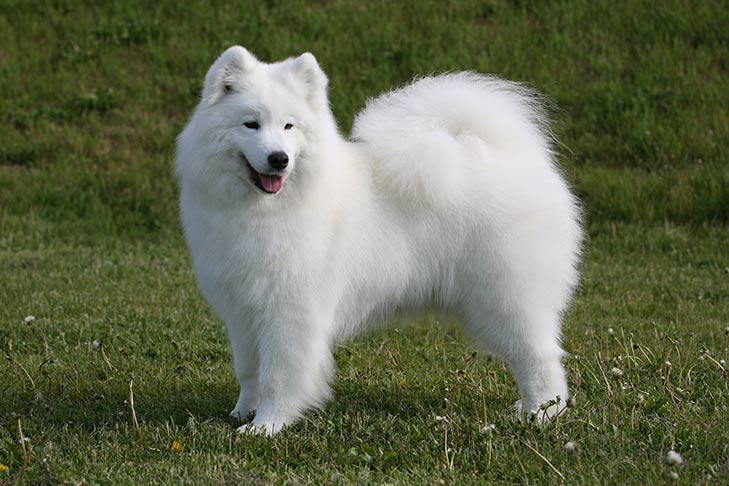







![10+ Best Dog Food Toppers That Your Dog Will Love [Including Picky Eaters] best dog food toppers with a small puppy](https://dogisworld.com/wp-content/uploads/2023/12/Topper-Product-Cover-100x70.jpg)


[…] German Shepherd […]